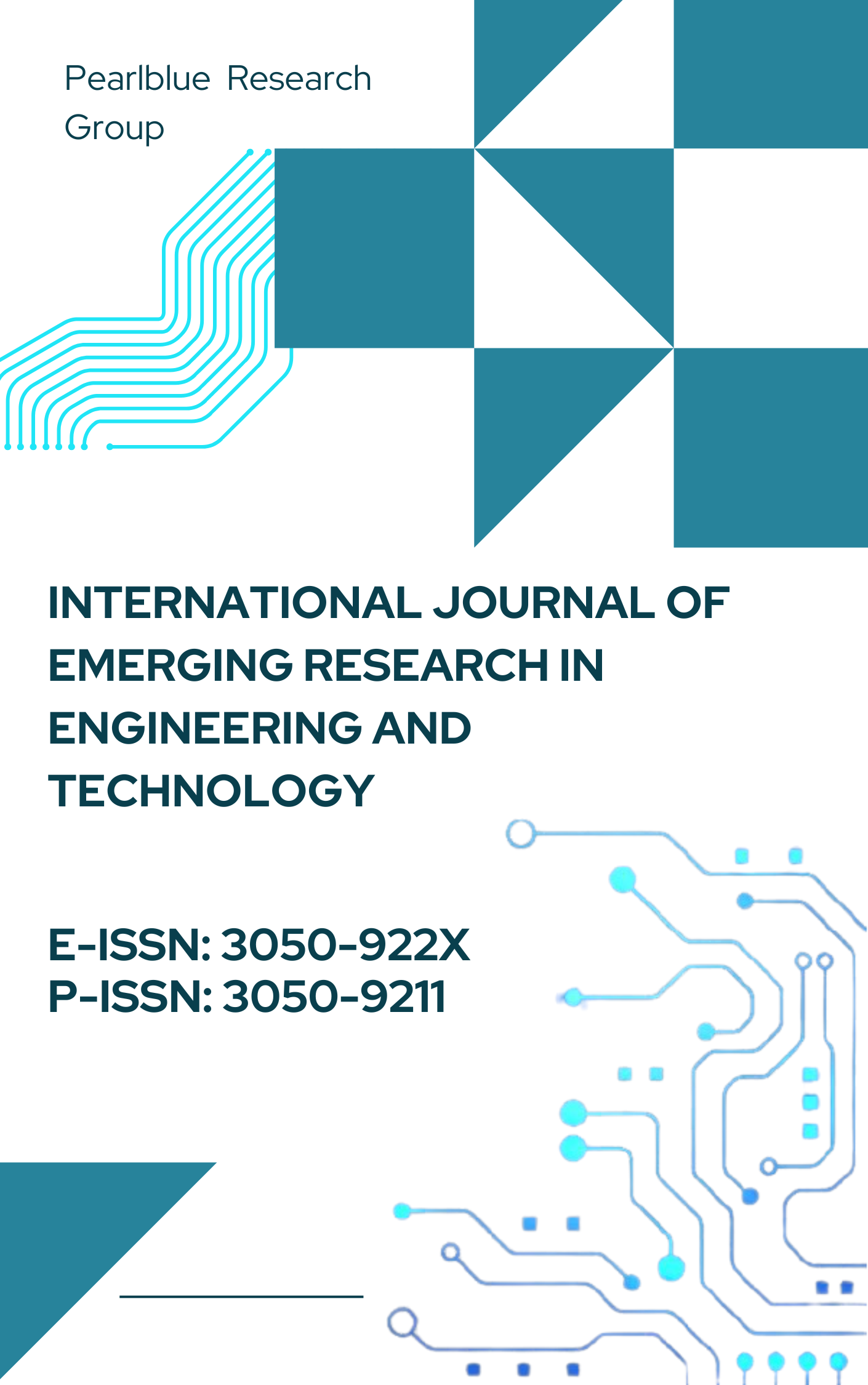High-Intensity Interval Training in Physical Therapy Beyond Cardiac Rehabilitation
DOI:
https://doi.org/10.63282/3050-922X.IJERET-V2I4P102Keywords:
High-Intensity Interval Training, Physical Therapy, Cardiorespiratory Fitness, Cardiovascular Health, RehabilitationAbstract
High-Intensity Interval Training (HIIT) has emerged as a significant intervention in physical therapy, extending beyond its traditional application in cardiac rehabilitation. This training method alternates short bursts of intense exercise with recovery periods, enhancing both aerobic and anaerobic capacities. Recent studies have demonstrated that HIIT not only improves cardiorespiratory fitness (CRF) but also positively influences cardiovascular health, particularly in patients with chronic conditions such as inflammatory arthritis and cardiovascular disease (CVD). In a clinical setting, HIIT has been shown to be safe and effective for various populations, including older adults and those with comorbidities. A structured 12-week HIIT program delivered in physiotherapy settings resulted in notable improvements in CRF and sustained benefits even after the intervention period. Moreover, HIIT has been associated with better adherence to exercise regimens and enhanced quality of life compared to moderate-intensity continuous training (MICT). The versatility of HIIT protocols allows for individualized adaptations based on patient needs and fitness levels, making it a valuable tool in physical therapy. As research continues to uncover the physiological benefits of HIIT, its integration into therapeutic practices is likely to expand, offering new avenues for rehabilitation and health promotion
References
[1] BMJ Publishing Group. (n.d.). High-intensity interval training: Benefits and applications. Retrieved from https://rmdopen.bmj.com/content/10/1/e003440
[2] PubMed. (n.d.). High-intensity interval training: Physiological and psychological responses. Retrieved from https://pubmed.ncbi.nlm.nih.gov/31543179/
[3] Wikipedia contributors. (n.d.). High-intensity interval training. In Wikipedia. Retrieved from https://en.wikipedia.org/wiki/High-intensity_interval_training
[4] PubMed Central. (n.d.). High-intensity interval training in cardiac rehabilitation. Retrieved from https://pmc.ncbi.nlm.nih.gov/articles/PMC6760312/
[5] PubMed Central. (n.d.). The impact of high-intensity interval training on cardiac function. Retrieved from https://pmc.ncbi.nlm.nih.gov/articles/PMC8294064/
[6] MDPI. (n.d.). HIIT and traditional exercise methods in healthcare. Retrieved from https://www.mdpi.com/1648-9144/60/11/1875
[7] ResearchGate. (n.d.). High-intensity interval training in cardiac rehabilitation. Retrieved from https://www.researchgate.net/publication/225306102_''High-Intensity_Interval_Training_in_Cardiac_Rehabilitation''
[8] ResearchGate. (n.d.). A review on high-intensity interval training and health. Retrieved from https://www.researchgate.net/publication/348882531_High-intensity_interval_training_in_cardiac_rehabilitation
[9] Frontiers in Psychology. (n.d.). The psychological benefits of HIIT. Retrieved from https://www.frontiersin.org/journals/psychology/articles/10.3389/fpsyg.2021.563785/full
[10] PubMed. (n.d.). Latest developments in high-intensity interval training. Retrieved from https://pubmed.ncbi.nlm.nih.gov/37804419/
[11] Physio-pedia. (n.d.). Overview of high-intensity interval training. Retrieved from https://www.physio-pedia.com/High_Intensity_Interval_Training
[12] ResearchGate. (n.d.). Physiological responses to HIIT. Retrieved from https://www.researchgate.net/publication/287326221_High-intensity_interval_training_A_review_of_physiological_and_psychological_responses
[13] ResearchGate. (n.d.). A perspective on HIIT for health and performance. Retrieved from https://www.researchgate.net/publication/374533893_A_Perspective_on_High-Intensity_Interval_Training_for_Performance_and_Health
[14] Healthline. (n.d.). Benefits of high-intensity interval training. Retrieved from https://www.healthline.com/nutrition/benefits-of-hiit
[15] ResearchGate. (n.d.). Applications of HIIT for fitness training. Retrieved from https://www.researchgate.net/publication/232214539_High-Intensity_Interval_Training_Applications_for_General_Fitness_Training
[16] HannaEdenFitness. (n.d.). HIIT vs. traditional training: Which is better?. Retrieved from https://hannahedenfitness.com/hiit-vs-traditional-training-which-is-best/
[17] International Journal of Research in Medical Sciences. (n.d.). Comparing HIIT with traditional exercises. Retrieved from https://www.msjonline.org/index.php/ijrms/article/download/12807/8428/58712
[18] Frontiers in Computer Science. (n.d.). Applications of HIIT in computer-based monitoring. Retrieved from https://www.frontiersin.org/journals/computer-science/articles/10.3389/fcomp.2020.00033/full
[19] Bariatric Times. (n.d.). HIIT in clinical practices. Retrieved from https://bariatrictimes.com/hiit-august2017/
[20] ResearchGate. (n.d.). HIIT versus traditional training for health promotion. Retrieved from https://www.researchgate.net/publication/41657262_High-Intensity_Training_versus_Traditional_Exercise_Interventions_for_Promoting_Health



